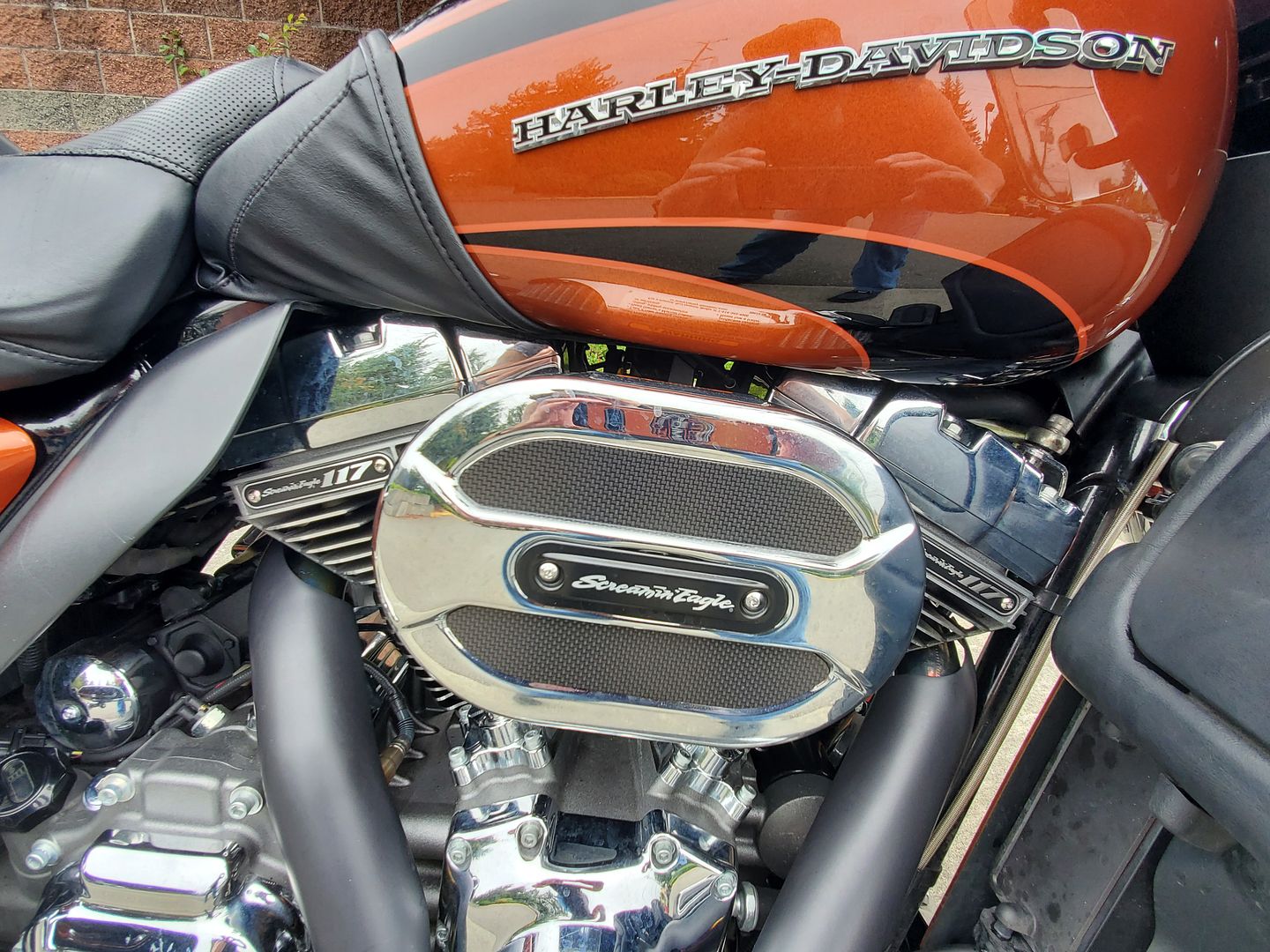

The company was soon fully committed to producing its own proprietary engine designs, and by 1909 the first Harley-Davidson V-Twin engine had been designed and made, setting a template for engine design that lasts until today. That first bike was a single cylinder model, based roughly on the recently-developed De Dion-Bouton internal combustion engine. The first motorcycle was built in 1903, in the 10ft x 15ft wooden shed in Milwaukee that was the Harley-Davidson workshop of the time. When the 21-year old William S Harley drew the first blueprint of an engine designed to fit into a bicycle frame, he could not have predicted the success that was to come. We take a look at the history of Harley-Davidson power – and how the engine designs have changed over almost 120 years. The Harley-Davidson Motor Company is most closely associated with the familiar 45-degree air-cooled V-twin engine configuration yet the history of Harley-Davidson engines has followed almost as many twists and turns as the iconic American company itself.
How harley twin cam works full#
Ducati Scrambler Full Throttle vs Triumph Street Scrambler.BMW R1250 GS vs KTM 1290 Super Adventure S.Motorcycle insurance modifications explained: Accessory or modification?.What you need to know about motorbike insurance.Personal accident with helmet and leathers.

Recommend using with larger displacement. Requires high lift valve springs, adjustable pushrods, increased compression, head work, perforamnce exhaust and intake. This is a great all around camshaft for engines with increased compression ratio, produces solid low end performance and mind blowing mid and top end power. Increased compression is required for bottom end performance. Will respond well to increased compression and head work. Will respond well to increased compression and cylinder head work. Aggressive camshaft requires performance pushrods, lifters, high flow air cleaner, stepped exhaust and high lift/high load valve springs (See #1207).īolt in for Evo engines. "The Big Nasty" Get serious with bore size, ported cylinder heads & throttle body. Cylinder head & intake work + high flow throttle body & performance exhaust recommended. Shines in 124 + cubic inch engines with added compression. Easier to tune, better street manners & revs up higher than the 508. Shines in 114 and larger engines with increased compression. The 508 revs up faster than the 521 grind, sounds nastier and pulls harder out of the hole. Shines in 114 + cubic inch engines with added compression. Responds very well to increased bore and or compression Great bottom end with substantial gains above 2,800 RPM when compared to stock. Great all around camshaft, Feuling's go to for 4 1/2 stroke 114" & 117" looking for a little more than our 465 grind. Responds well to increased bore and or compressionīolt-in. Solid bottom end with substantial gains above 2,800 RPM when compared to stock. Best all around camshaft, Feuling's go to especially in 4 3/8 stroke. Will respond well with slip-on mufflers and a high flow air cleaner.īolt-in. Wide powerband throughout the entire RPM range when compared to stock. Requires high lift valve springs.īolt in. Requires high lift valve springs.Įye blurring mid and top end power. Will respond well to ported heads and open intake. Works best with larger displacement engines and added compression. Go to bolt in camshaft for 110 engines.įreight train pulling power. Respondes well to head work and increased compression. Wicked power band for 103 and larger engines. An Excellent compromise between the 525 and 574 achieving the best all around performance. Producing strong low and mid range power.


 0 kommentar(er)
0 kommentar(er)
